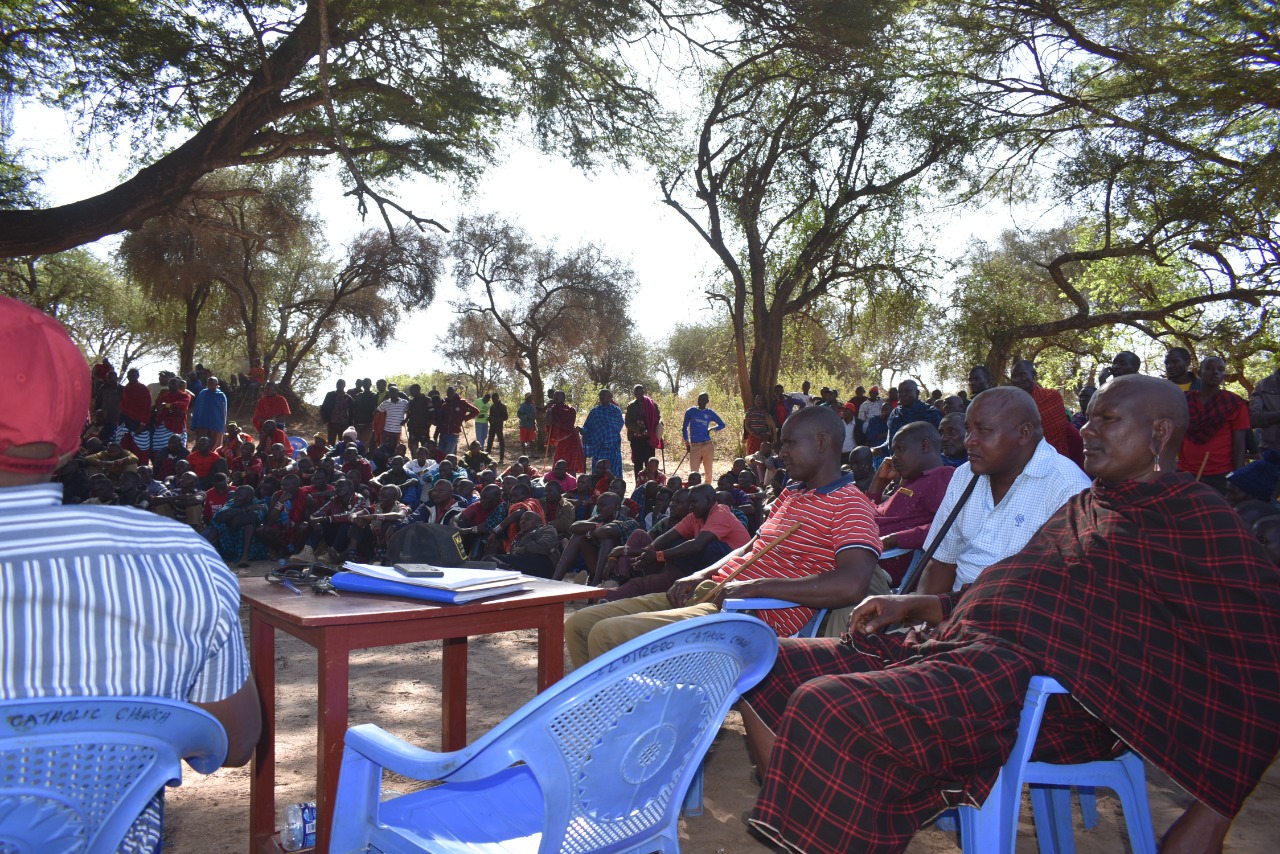
In today’s world, environmental concerns have become more critical than ever before. As countries strive for sustainable development, it is essential to assess and mitigate the potential environmental impacts of various projects and activities. In Kenya, the Environmental Impact Assessment (EIA) process plays a vital role in ensuring that development projects are conducted in an environmentally responsible manner. This guide aims to provide a step-by-step overview of the EIA process in Kenya, empowering individuals and organizations to navigate the requirements and obtain the necessary approvals for their projects.
Step 1: Understanding the EIA Process:
The first step is to familiarize yourself with the EIA process in Kenya. The EIA process involves the systematic evaluation of potential environmental impacts, both positive and negative, that may result from proposed projects. It aims to identify mitigation measures and alternatives to minimize adverse effects on the environment and promote sustainable development.
Step 2: Identifying the Need for EIA:
The second step is to determine whether your project requires an EIA. In Kenya, the law specifies certain categories of projects that are subject to mandatory EIA. These include large-scale infrastructure developments, industrial activities, mining operations, and other significant projects that may have significant environmental impacts. It is essential to consult the Environmental Management and Coordination Act (EMCA) and its regulations to identify if your project falls under the mandatory EIA requirements.
Step 3: Engaging Environmental Experts:
To ensure the accuracy and reliability of the EIA report, it is crucial to engage qualified environmental experts. These professionals have the expertise to assess potential environmental impacts, recommend mitigation measures, and prepare a comprehensive EIA report that meets the regulatory standards set by the National Environment Management Authority (NEMA) in Kenya.
Step 4: Scoping and Baseline Data Collection:
Once you have engaged environmental experts, the next step is to conduct scoping and baseline data collection. Scoping involves identifying the key environmental aspects and impacts of your project that need to be addressed in the EIA report. Baseline data collection includes assessing the existing environmental conditions in the project area, such as air and water quality, biodiversity, socio-economic factors, and cultural heritage.
Step 5: Preparation of the EIA Report:
Based on the scoping and baseline data collection, the environmental experts will prepare the EIA report. This report includes a detailed analysis of the potential environmental impacts of the project, proposed mitigation measures, and alternatives. It should also outline the public participation process carried out during the assessment.
Step 6: Public Participation and Stakeholder Engagement:
Public participation and stakeholder engagement are integral parts of the EIA process in Kenya. This step involves informing and involving the public, local communities, and relevant stakeholders about the proposed project and its potential environmental impacts. Consultations, public meetings, and feedback mechanisms should be employed to ensure transparency, address concerns, and incorporate valuable inputs into the EIA report.
Step 7: Submission and Review:
After the EIA report is complete, it needs to be submitted to NEMA for review. NEMA will assess the report for its completeness, accuracy, and adherence to regulatory requirements. The review process may involve requests for additional information or clarification from the project proponent. It is essential to respond promptly and provide the necessary details to expedite the review process.
Step 8: Decision-Making:
Once NEMA reviews the EIA report and deems it satisfactory, a decision will be made regarding the issuance of an Environmental Impact Assessment License. If approved, the license will include specific conditions that the project proponent must comply with during the implementation phase. The decision-making process should be transparent, taking into account the environmental, social, and economic aspects of the project.
Obtaining an Environmental Impact Assessment (EIA) in Kenya is a crucial step towards promoting sustainable development and responsible project implementation. By following this step-by-step guide, individuals and organizations can navigate the EIA process effectively, ensuring compliance with environmental regulations and contributing to a greener and more sustainable future for Kenya. Remember, the EIA process is not only a legal requirement but also an opportunity to identify and address potential environmental challenges, enabling projects to thrive while minimizing their ecological footprint.



